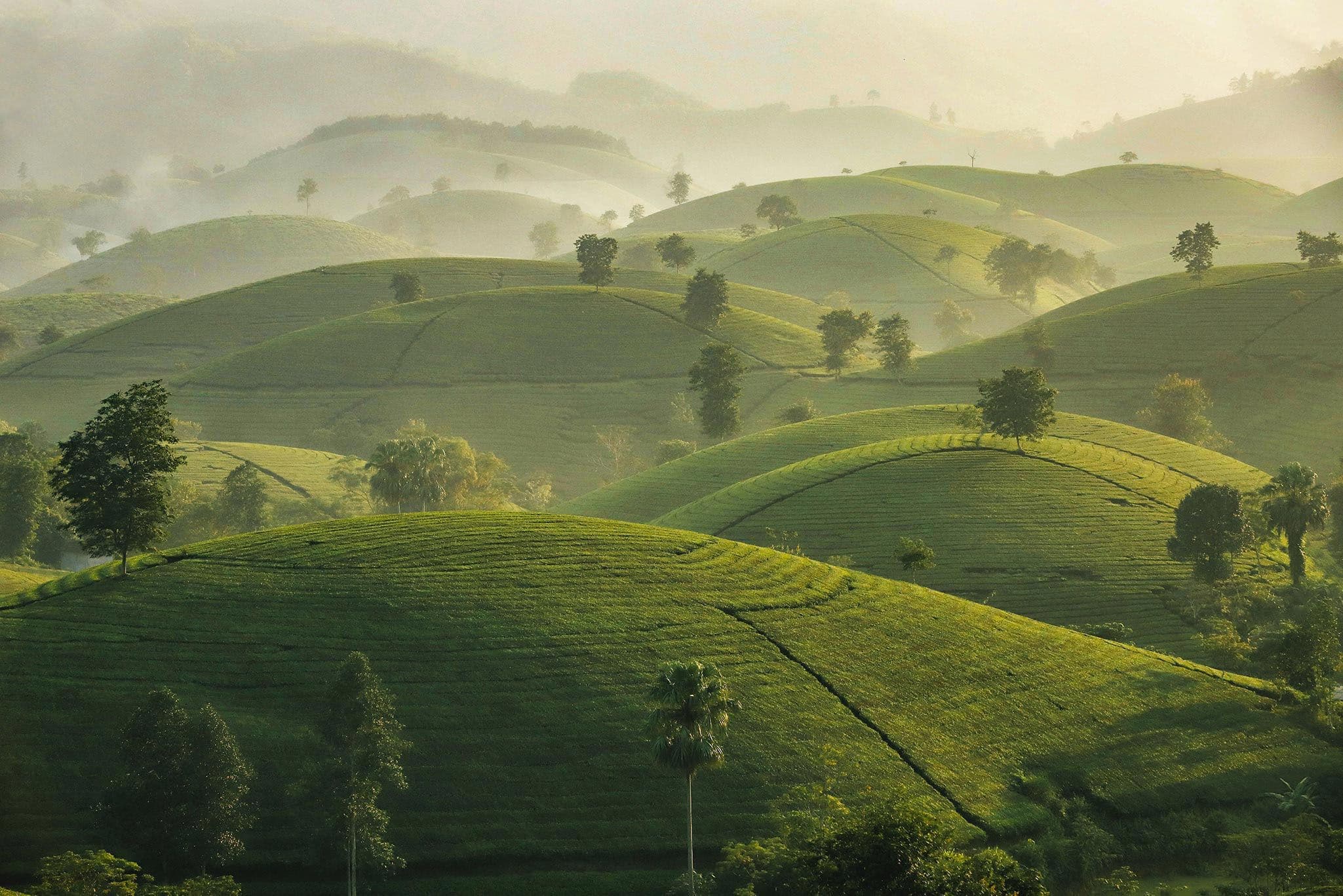
- Introduction
- 1. Determine Your Travel Goals
- 2. Choose the Best Time to Visit
- 3. Plan Your Route
- Day 1-3: Hanoi
- Day 4-5: Halong Bay
- Day 6-7: Sapa
- Day 8-9: Hue and Hoi An
- Day 10-12: Da Nang and Central Beaches
- Day 13-14: Ho Chi Minh City and Mekong Delta
- 4. Accommodation Tips
- 5. Transportation
- 6. Food and Drink
- 7. Cultural Etiquette
- 8. Health and Safety
- Conclusion
Introduction
Vietnam, renowned for its stunning landscapes, rich history, and vibrant culture, stands out as a must-visit destination for travelers seeking a blend of adventure and tranquility. Whether captivated by bustling cities, serene beaches, or the lush countryside, crafting the the perfect Vietnam round trip demands careful planning. Here’s Ftrip Vietnam to help you curate an unforgettable journey through this captivating country
1. Determine Your Travel Goals
Before diving into the specifics of your Vietnam round trip itinerary, take a moment to identify what you want to get out of your trip. Are you looking for cultural immersion, adventure, relaxation, or a bit of everything? Understanding your travel goals will help you prioritize destinations and activities.
2. Choose the Best Time to Visit
Vietnam’s climate varies significantly from north to south, making it essential to choose the right time for your Vietnam round trip. The ideal travel seasons are:
- North Vietnam (Hanoi, Sapa, Halong Bay): The best time to visit is from October to April when the weather is cooler and drier.
- Central Vietnam (Hue, Da Nang, Hoi An): Visit from February to May for pleasant weather, avoiding the rainy season from September to November.
- South Vietnam (Ho Chi Minh City, Mekong Delta): The dry season from December to April is perfect for exploring this region.
3. Plan Your Route
Vietnam stretches over 1,000 kilometers from north to south, offering diverse experiences along the way. Here’s a suggested itinerary for a 10-14 day Vietnam round trip:
Day 1-3: Hanoi
- Old Quarter: Wander through the bustling streets, savor street food, and visit historical sites like Hoan Kiem Lake and Ngoc Son Temple.
- Ho Chi Minh Mausoleum: Pay respects to the nation’s founding father.
- Temple of Literature: Explore this ancient university and its beautiful gardens.
Day 4-5: Halong Bay
- Cruise: Embark on an overnight cruise through the stunning limestone karsts and emerald waters of Halong Bay. Enjoy activities like kayaking, swimming, and visiting caves.
Day 6-7: Sapa
- Trekking: Head to the northern highlands to trek through terraced rice fields and visit ethnic minority villages.
- Fansipan Mountain: Take a cable car to the summit for breathtaking views.
Day 8-9: Hue and Hoi An
- Hue: Explore the Imperial City, a UNESCO World Heritage site, and take a boat ride on the Perfume River.
- Hoi An: Wander the ancient town, known for its lantern-lit streets, tailor shops, and Japanese Covered Bridge. Don't miss the vibrant night market.
Day 10-12: Da Nang and Central Beaches
- Marble Mountains: Discover these five marble and limestone hills, each representing one of the five elements.
- My Khe Beach: Relax on the beautiful sandy shores.
Day 13-14: Ho Chi Minh City and Mekong Delta
- Cu Chi Tunnels: Learn about the Vietnam War through this extensive network of underground tunnels.
- Mekong Delta: Take a boat trip to explore the waterways, floating markets, and local life.
4. Accommodation Tips
When booking accommodations in Vietnam, consider the following diverse options, ranging from budget-friendly hostels to luxurious resorts:
- Proximity to Attractions: Choose lodgings that are close to major sights to minimize travel time.
- Reviews and Ratings: Read reviews on sites like TripAdvisor and Booking.com to ensure quality and service.
- Local Experiences: Opt for homestays in rural areas like Sapa for a more immersive experience.
5. Transportation
Navigating Vietnam is quite convenient, thanks to a variety of transportation options:
- Domestic Flights: Ideal for long distances, with major airlines like Vietnam Airlines and VietJet Air offering frequent flights.
- Trains: The Reunification Express runs from Hanoi to Ho Chi Minh City, providing scenic views of the countryside.
- Buses: Sleeper buses are a cost-effective option for overnight travel.
- Motorbikes: For the adventurous, renting a motorbike offers flexibility and a unique way to explore.
6. Food and Drink
Vietnamese culinary traditions boast a diverse array of must-try dishes:
- Pho: A rich noodle soup typically featuring beef or chicken.
- Banh Mi: A French-inspired baguette sandwich filled with meats, vegetables, and aromatic herbs.
- Bun Cha: Grilled pork served alongside noodles, fresh herbs, and a zesty dipping sauce.
- Spring Rolls: Fresh or fried rolls with a variety of flavorful fillings.
- Coffee: Robust Vietnamese coffee, often enjoyed with sweetened condensed milk (ca phe sua da).
Learn more: The ultimate Vietnam food tour to satisfy your appetite
7. Cultural Etiquette
Enhance your travel experience by respecting local customs and traditions:
- Dress Modestly: Especially important when visiting temples and rural areas.
- Remove Shoes: Always take off your shoes before entering someone's home.
- Greetings: A slight bow or nod is the customary way to greet people
8. Health and Safety
- Vaccinations: Ensure you are up-to-date on routine vaccines. Hepatitis A, Typhoid, and Tetanus are recommended.
- Travel Insurance: Essential for covering medical emergencies, trip cancellations, and lost belongings.
- Safe Drinking Water: Stick to bottled or boiled water to avoid gastrointestinal issues.
Conclusion
Planning the perfect Vietnam round trip involves careful consideration of your interests, the best travel times, and the right itinerary to cover the country’s highlights. By following this guide, you’ll be well on your way to creating an unforgettable journey through Vietnam’s diverse landscapes and rich cultural heritage. Embrace the adventure and let Vietnam’s magic leave you with memories to cherish for a lifetime.
For more personalized travel planning and exclusive insights, visit Ftrip Vietnam to ensure your trip is flawless.










